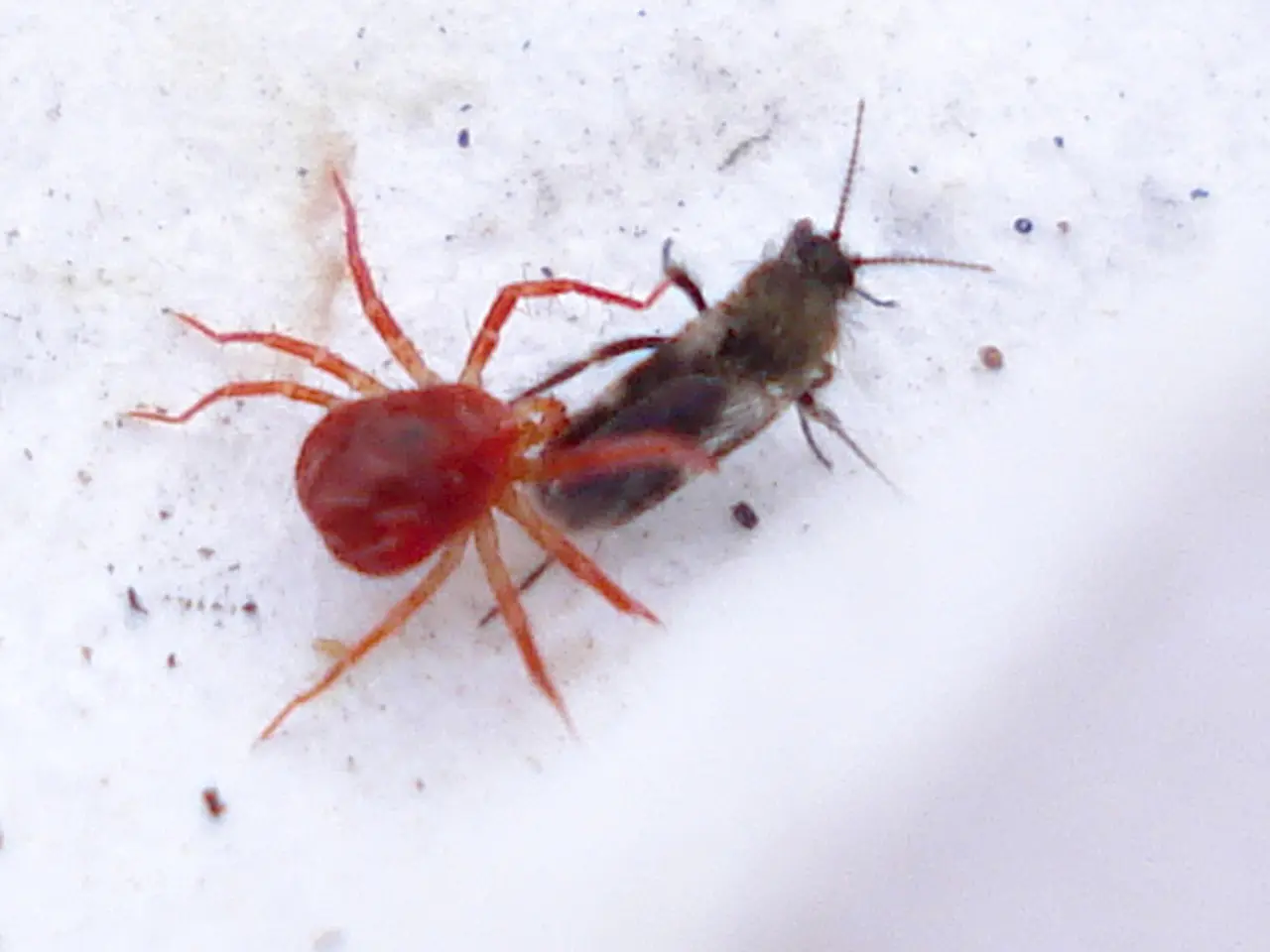Server Space Pestilences: Four Hazards and Mitigation Strategies
In the rapidly evolving world of technology, data centers are becoming increasingly susceptible to unwelcome intruders - pests such as ants, cockroaches, rodents, and spiders. These tiny creatures can cause significant damage to expensive server equipment, leading to operational disruptions and costly repairs.
To combat this issue, several measures are being taken to create a pest-free environment in data centers.
Reducing Indoor Humidity Levels
Installing ventilation fans and dehumidifiers can help reduce indoor humidity levels, making data centers less attractive to pests. Maintaining HVAC systems and replacing filters regularly is also crucial in preventing excess humidity buildup.
Real-Time Monitoring and Integrated Pest Management
By 2025, real-time monitoring will become standard in data centers, allowing teams to spot issues with termites, bedbugs, and other threats instantly. Moreover, integrated pest management (IPM) models will become the norm, replacing reactive spraying with proactive 24/7 pest detection.
Preventing Pest Infiltration
Sealing entry points with caulk, installing weatherstripping, and adding door sweeps can prevent pests from entering server rooms. Regular inspections should be conducted, especially after severe weather events, to identify new or reopened entry points.
Dealing with Ant Infestations
Ant infestations in server rooms can be particularly problematic. Consistent ant trails, visible nests or debris, and active ant presence inside the server environment are signs of an infestation. Prompt identification and professional pest control are critical to prevent damage to expensive server equipment.
Addressing Spider Issues
Spider presence can cause distress among employees, particularly those with arachnophobia. Professional pest control assessments are necessary to identify and fix spider issues properly. Spider webs and egg sacs can make infestations more difficult to manage without professional help.
Controlling Moisture
Controlling relative humidity with properly calibrated environmental systems can keep moisture levels below pest-friendly thresholds. Fixing leaking pipes in crawlspaces can avoid damp soil conditions that attract cockroaches, silverfish, and other moisture-loving pests.
Green Solutions and Partnerships
Green solutions will replace harsh chemicals, focusing on heat treatments and non-toxic methods that won't damage sensitive equipment. Partnerships between tech companies and specialized pest management firms will grow stronger in 2025.
The Role of Technology
In the future, light trap technology will improve to catch flying insects without creating electromagnetic interference. Electronic monitoring systems will run 24/7 to catch problems early. Data analysis will drive decisions about where to place monitoring devices and which treatments work best for each facility.
Conclusion
As data centers become more integrated into our daily lives, it's crucial to ensure they remain pest-free. By taking a proactive approach, businesses can protect their valuable equipment and maintain smooth operations.
To safeguard the delicate health-and-wellness of the expensive technology in data centers, the implementation of green solutions, such as heat treatments and non-toxic approaches, will replace harsh chemicals by 2025. Furthermore, the role of technology will evolve, with the introduction of light trap technology that catches flying insects, electronic monitoring systems that run 24/7, and data analysis that assists in deciding the best course of action for each data center.




